
In the dynamic world of pharmaceuticals, integrating innovations is a must for companies to be competitive and attain operational excellence. Innovative solutions such as predictive maintenance or personalized medicine supply chain optimization are driving transformations in manufacturing, transportation, and distribution in the pharmaceutical landscape. These advances are on the cusp of changing the face of the pharmaceutical supply chain by improving performance, efficiency, and conformity.
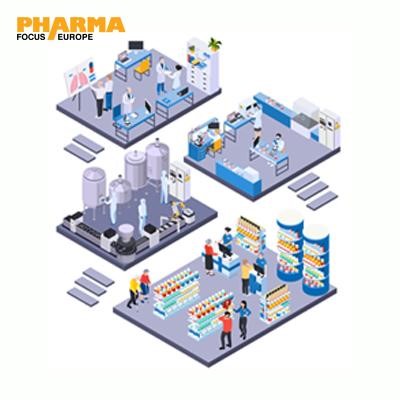
Equipment Optimization with the Predictive Maintenance Method:
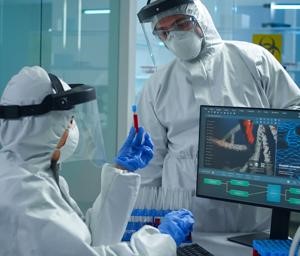
Imagine if a pharmaceutical supply chain could add value to its operations by using advanced analytics and predictive maintenance. With these new developments, businesses can reduce equipment downtimes, improve productivity, and ensure that there is always a stockpile of quality medicine. Predictive maintenance employs data analytics, which allows future failures to be predicted, thus enabling early repairs and better scheduling of maintenance. This method is meant to prevent problems and maintain smooth operations while enhancing manufacturing processes and ultimately optimizing equipment performance and reliability.
From a practical standpoint, predictive maintenance can involve sensor use as well as ML algorithm analysis of equipment fitness. Such systems can generate conditions that identify irregularities and predict future failures that require a call to the maintenance crew before complications develop. In the context of pharmacological production, this can result in less manufacturing downtime, lower maintenance expenses, and greater OEE.
Biopharmaceutical Cold Chain Management:
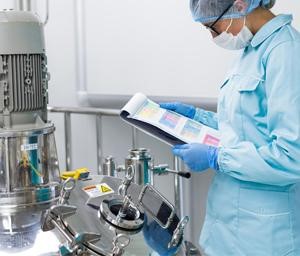
Tempter conservation has become progressively sensitive due to the ramping up of pharma into biopharma and encyclopedic vaccines. New developments in cold chain systems ensure the right conditions of transport and storage of these products within the proper framework, as well as their effectiveness and safety. They are aligned to the requirements of ultra-modern medicine, so the product’s quality is preserved throughout the distribution channel.
Cold chain management involves the use of cold chain equipment, refrigerated packaging units, effective check point temperature control, etc. GPS, RFID, and other advanced tracking technologies provide information on location and condition during shipment. Moreover, data loggers along with temperature sensors help keep products in a specified temperature range during transit. Maintaining biopharmaceuticals’ stability and effectiveness requires these innovations since they are often sensitive to fluctuations in temperature.
Automated Compliance Assurance with RPA:

An occasion where organizations can easily warrant compliance with rules and regulations is not so much a problem through utilizing robotic process automation (RPA). Outsourcing compliance processes and procedures has moved business concern from the tactical level to accelerate value at the matter of corporate strategy; the pharmacology supply unit chain improves performance and complies with applicable rules and regulations.
For example, the FDA and EMA have data entry, document review, or reporting that must be initiated, scheduled, or automated. These automated systems can also self-check at routine intervals and generate reports of compliance, help to avoid all types of mistakes, and guarantee compliance with all necessary standards, guidelines, and rules. Through the use of RPA, it interacts with different systems, and updates, accuracy, and standards of compliance, as well as overall operational costs, can be reviewed.
Blockchain Technology for Transparency:

In today's focus on openness, a supply chain is defined by improved traceability and validation. A worth-mentioning role that blockchain technology contributes to the supply chain is that it presents a record of transactions that can be traced easily. This advancement brings trust and responsibility due to the availability of a record of the movement of the product or transaction going through the supply chain.
By making a single record, the blockchain guarantees that each transaction is permanent, cannot be changed, and creates a reliable source for all parties. In the pharmaceutical sector, this means that the various steps that are involved in the manufacturing of the drugs as well as the distribution of the same drugs to the various outlets can be overseen and verified. This level of traceability goes a long way in making sure that counterfeiting is checked, and this leads to the authenticity of the product in addition to enhancing the security in the supply chain. For consumers and regulatory bodies. Such systems, incorporating the principles of blockchain technology, provide certainty that the products they depend on are legitimate and reliable.
Real-time monitoring using IoT integration:
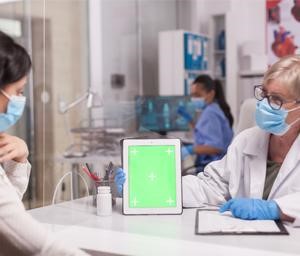
Enter a world where real-time monitoring is the only thing that one can perceive when he steps right into the centre of a supply chain. It is also important to use Internet of Things (IoT) sensors and monitor the movement, temperature, and condition of the pharmaceuticals as they are in the transportation system. This ensures that it gets to the end users in the right condition and quality; this reduces some losses due to spoilt, stolen, or tampered goods, besides improving efficiency in the supply chain process.
These sensors are used to collect data on environmental properties that can be transmitted through networks for the purpose of analysis and to provide an alert in case there is variation from the standards set. A possible temperature deviation during transportation implies that logistic teams will need to set new conditions or even change the shipment to avoid spoiling food products. By using this approach, the quality of the product is maintained alongside the shelf life of the product, meaning that heat-sensitive products such as pharmaceutical products can be managed effectively.
Supply Chain Optimization in Personalized Medicine:

It has been an era of analysis and individual treatment, let alone thinking of a supply chain for the treatment of such diseases. Those companies that were either willing or able to design and implement their supply chain to address this new dynamic of personalized medicine would be in a position to lead the next revolutionizing process in the pharmaceutical sector. Pharmaceutical care can create value for patient outcomes and become an innovation pioneer if it aspires to deliver cost-optimised care through personalized treatment.
Personalized medical treatments consist of treatments that are formulated depending on the characteristics, medical record, and general state of the specific patient. The customization that goes with this has to be supported by a supply chain capable of quickly and efficiently producing small batches of the drugs within short timespans. For instance, innovative technologies such as 3D printing and continuous manufacturing could facilitate the compounding of personalized medications. Some of these medicines can even be taken by sick individuals through efficient and modern solutions, such as direct to-patient delivery systems.
Augmented Reality (AR) for Training and Maintenance:
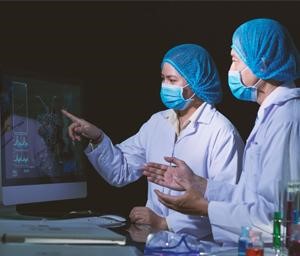
In the realm of augmented reality, immerse yourself in a supply chain. This is where training or maintenance of any kind is transformed through augmented reality. The use of AR in the workplace enhances operational efficiency and reorganizes the maintenance process, while also revamping how employees are trained for their roles. By adopting AR, restrictions all over the complicated structure of the supply chain can be managed proficiently, and pharmaceutical businesses can enable their workers to be trained with the appropriate skills to meet these challenges head-on, thus creating a sustainability culture of learning and adaptation to all operations.
AR can be used to provide interactive training sessions where employees can practice procedures in a virtual environment before applying them in real-world scenarios. Maintenance technicians can use AR glasses to access real-time information and instructions while doing repairs, effectively reducing errors and speeding up maintenance. The general effects of augmented reality in the supply chain can be summarized as making the training procedures better and enhancing maintenance practices to allow a smooth flow of pharmaceuticals.
Conclusion:
Some more critical notions that signify modern processes in the production of pharmaceuticals are part of digital and IT solutions that exist now, like the concept of predictive maintenance, the cold chain, and the blockchain. Beyond the integration of the supply chain, such technologies have the potential to enhance quality, compliance with Rule +1, and customer confidence. For pharmaceutical companies that want to thrive in a competitive and regulated market, it is not an option but a strategic must to embrace these innovations. This is why it strategies and opens up new opportunities, is positioned ahead of emerging business trends, and modernizes pharmaceutical supply chains to meet the demands of this business industry The following are the ways that companies can benefit from these transformative technologies